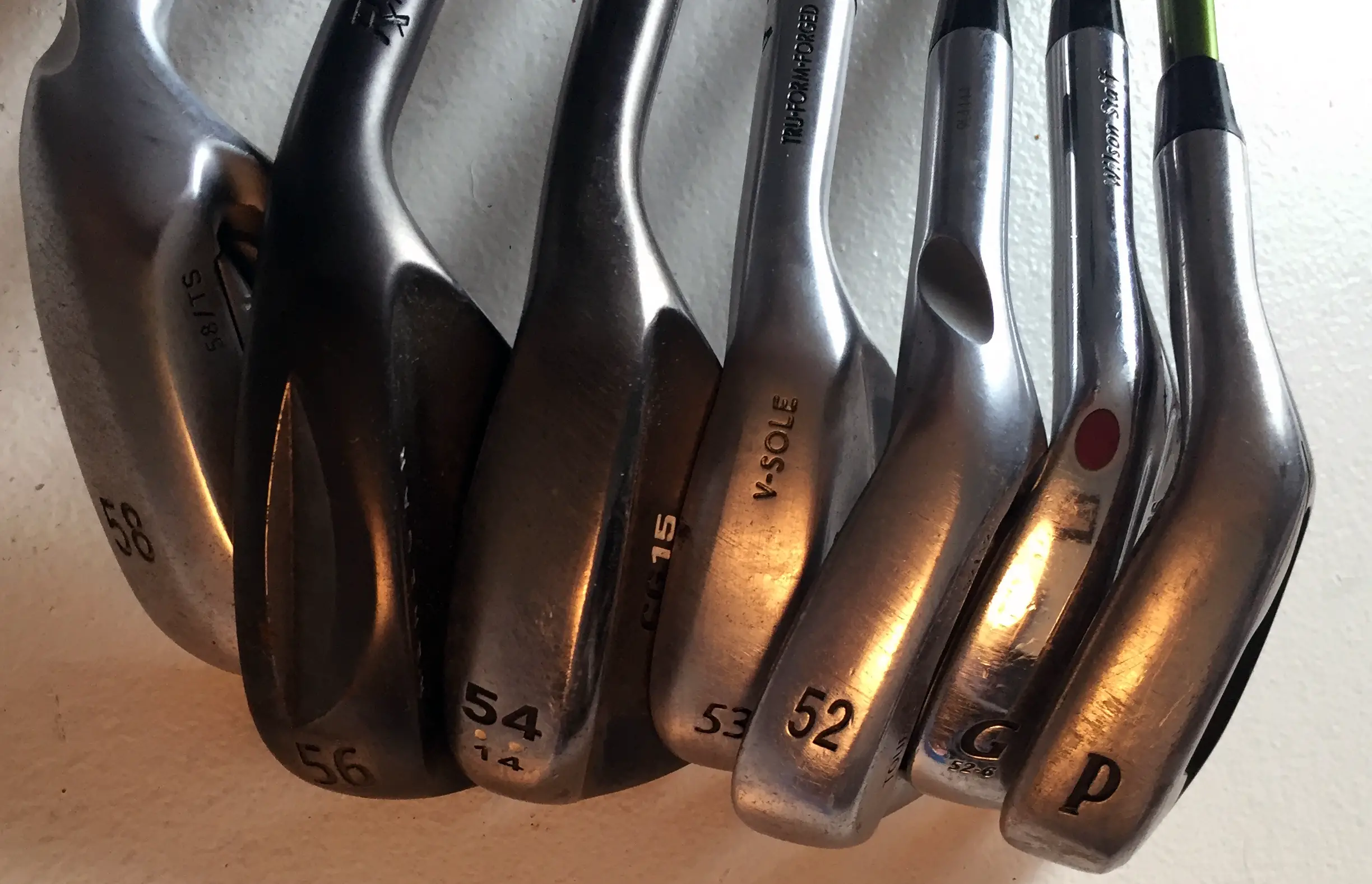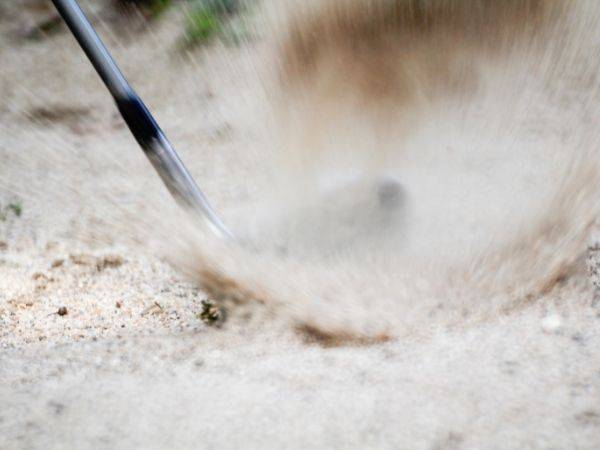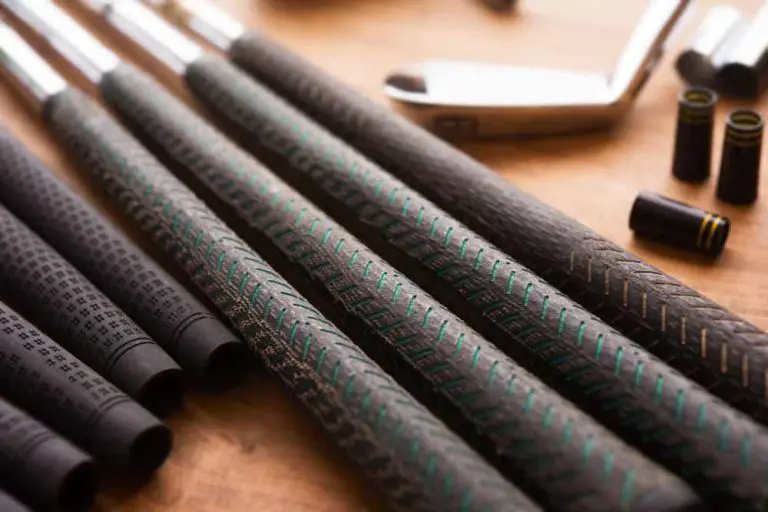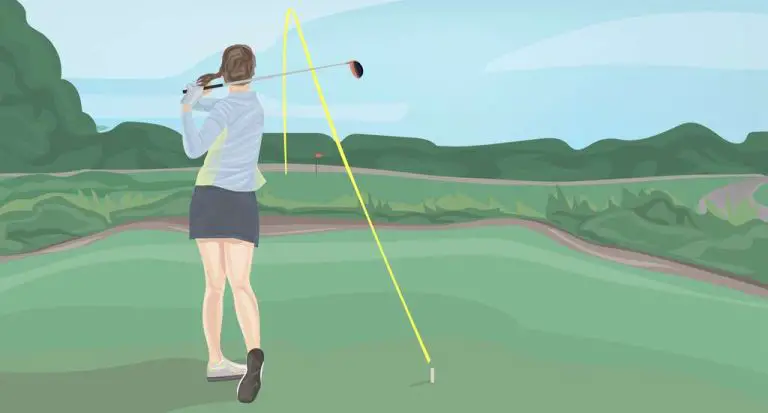Do I Need A Sand Wedge

Golf is a sport that requires precision, skill, and the right equipment. Having the right club in your bag can make all the difference between a great shot and a missed opportunity. One of the most important clubs in your bag is the sand wedge. But do you really need a sand wedge?
A sand wedge is a type of golf club with a high loft and a wide sole, designed to help you get out of bunkers and other hazards. The club’s head has a flange on the back that creates a “bounce,” allowing the club to glide through the sand rather than digging into it.
Many golfers wonder if they really need a sand wedge, or if they can get by with a pitching wedge or another club. The truth is, a sand wedge is a versatile club that can be used in a variety of situations on the course. From getting out of bunkers to chipping around the green, a sand wedge can help you make the shots you need to improve your score.
In this comprehensive guide, we’ll explore what a sand wedge is, why you need one, and how to choose the right one for your game. Whether you’re a beginner or a seasoned pro, this guide will provide you with the information you need to make an informed decision about your golf equipment. So, grab your clubs and let’s get started!

What is a Sand Wedge?
A sand wedge is a type of golf club with a high loft and a wide sole, designed to help you get out of bunkers and other hazards. The club’s head has a flange on the back that creates a “bounce,” allowing the club to glide through the sand rather than digging into it.
Types of Sand Wedges
There are three main types of sand wedges: blade wedges, cavity-back wedges, and hollow-body wedges.
- Blade Wedges: These are the most traditional type of sand wedge, with a straight leading edge and minimal offset. Blade wedges require a skilled swing and can be difficult for beginners to use effectively.
- Cavity-Back Wedges: These wedges have a cavity in the back of the clubhead, which shifts weight to the perimeter of the club, increasing forgiveness on off-center hits. Cavity-back wedges are more forgiving than blade wedges and are a good choice for mid- to high-handicap golfers.
- Hollow-Body Wedges: Hollow-body wedges are a newer type of wedge that combines the forgiveness of a cavity-back with the workability of a blade wedge. The hollowed-out back allows for a larger sweet spot and better feel, while still providing the precision of a blade wedge.
Loft and Bounce
The loft and bounce of a sand wedge are crucial to its performance. Loft is the angle of the clubface relative to the ground, while bounce is the angle of the sole relative to the ground.
A higher lofted sand wedge, such as a 56 or 58-degree wedge, is ideal for getting out of deep bunkers, while a lower lofted sand wedge, such as a 50 or 52-degree wedge, is better for chipping around the green.
Bounce is important because it determines how the club interacts with the ground. A higher bounce angle, such as 12 degrees or more, is ideal for soft sand and fluffy lies, while a lower bounce angle, such as 8 degrees or less, is better for firmer sand and tight lies.
Why Do You Need a Sand Wedge?
A sand wedge is a versatile club that can be used in a variety of situations on the course. Here are some of the ways you can use a sand wedge:
Getting Out of Bunkers
One of the primary uses of a sand wedge is to get out of bunkers. The club’s wide sole and high bounce angle allow it to slide through the sand without getting stuck, helping you get the ball up and out of the bunker with ease.
Chipping Around the Green
A sand wedge is also a great club for chipping around the green. The club’s loft and bounce allow you to get the ball up in the air quickly and land it softly on the green, making it easier to control your shots.
Pitching from the Fairway
Finally, a sand wedge is a good choice for pitching from the fairway. The club’s loft allows you to get the ball up in the air and stop it quickly on the green, helping you get closer to the hole and avoid running the ball through the green.
How to Choose the Right Sand Wedge
Choosing the right sand wedge can be challenging, but there are several factors to consider that can help you make the best decision for your game.
Skill Level
Your skill level is a key factor in determining what type of sand wedge is best for you. If you’re a beginner or high-handicap golfer, a cavity-back or hollow-body wedge with a higher degree of loft and bounce may be the best choice. If you’re a more experienced golfer, a blade wedge with less loft and bounce may be a better option.
Course Conditions
Course conditions can also influence your choice of sand wedge. If you typically play on courses with soft sand and fluffy lies, a higher bounce angle may be more appropriate. If you play on courses with firmer sand and tight lies, a lower bounce angle may be better.
Swing Type
Your swing type is another important factor to consider when choosing a sand wedge. If you have a steep swing and tend to take deep divots, a wedge with a higher degree of bounce may be more suitable. If you have a shallow swing and tend to sweep the ball, a wedge with a lower degree of bounce may be better.
Shaft Material
Finally, the material of the shaft can also affect the performance of your sand wedge. Steel shafts are generally more durable and provide better control, while graphite shafts are lighter and can provide more distance.
Alternatives to Sand Wedges
While sand wedges are an essential club in your bag, there are other types of wedges that can also be useful on the course.
Lob Wedges
Lob wedges have a high degree of loft and a narrow sole, making them ideal for hitting high, soft shots around the green. They are also useful for hitting out of deep rough or bunkers.
Gap Wedges
Gap wedges have a degree of loft between a sand wedge and a pitching wedge, typically around 50 or 52 degrees. They are useful for shots that require more loft than a pitching wedge but less than a sand wedge.
Pitching Wedges
Pitching wedges have a lower degree of loft than a sand wedge, typically around 44-48 degrees. They are useful for longer shots and full swings, such as approach shots from the fairway.
Frequently Asked Questions
What degree should a sand wedge be?
The degree of loft on a sand wedge can vary depending on the manufacturer, but they typically range from 54-58 degrees.
How far should a sand wedge go?
The distance a sand wedge can hit varies depending on the golfer’s swing and the specific club, but they typically have a range of 70-100 yards.
Should I carry a sand wedge and a lob wedge?
It depends on your game and the courses you play. If you frequently encounter bunkers and deep rough, a sand wedge and a lob wedge can be a useful combination. However, if you typically play courses with less sand and more tight lies, a sand wedge and a gap wedge may be a better option.
Conclusion
A sand wedge is an essential club in your bag that can help you get out of bunkers, chip around the green, and pitch from the fairway. When choosing a sand wedge, consider your skill level, course conditions, swing type, and shaft material to find the best fit for your game. And remember, while a sand wedge is a key club in your bag, there are other types of wedges that can also be useful on the course.





